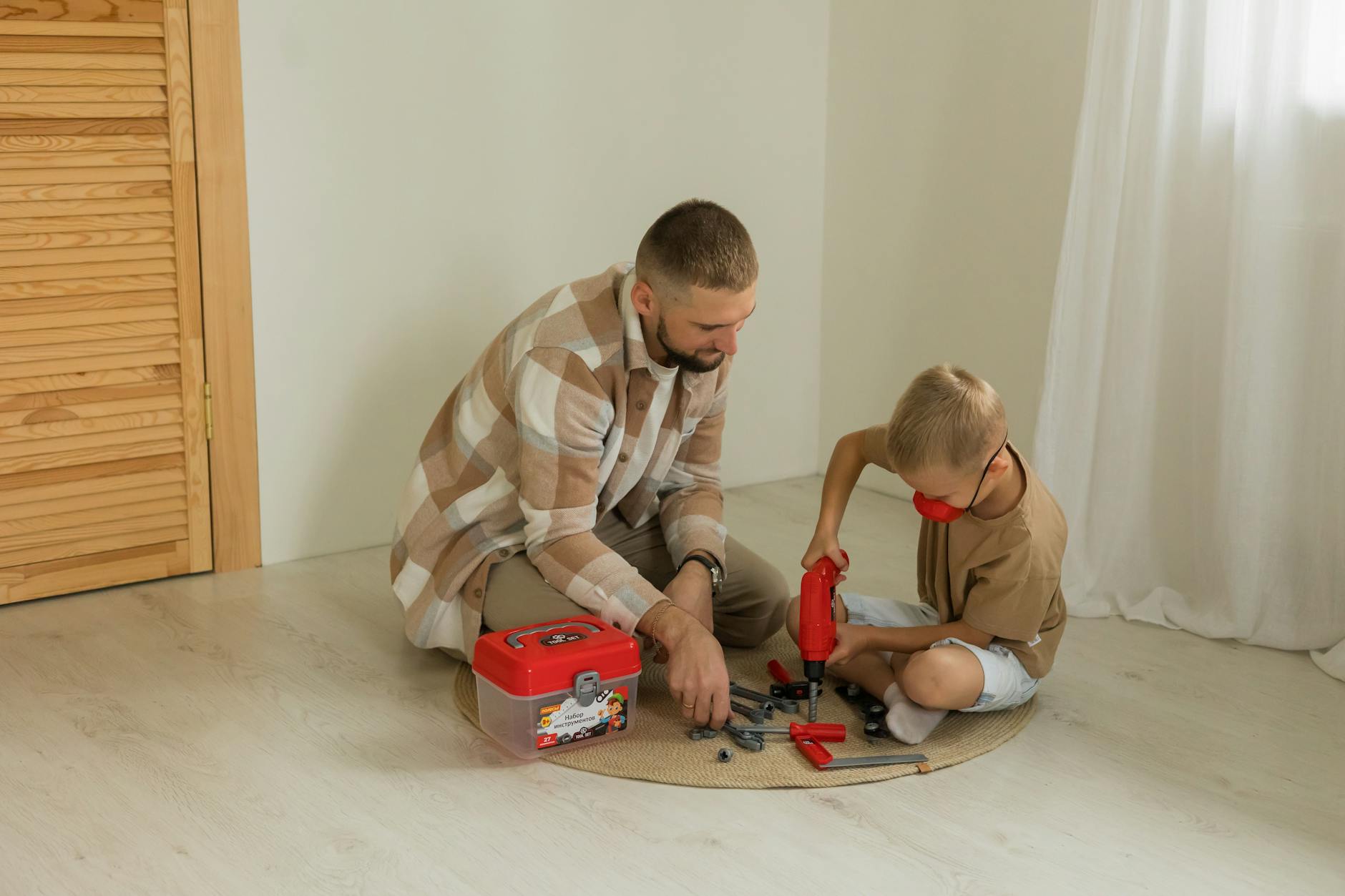Find out how to choose the perfect bike for your child with our comprehensive guide on kid’s bike sizing.
Table of Contents
When it comes to choosing the right bike for your child, there are a few key factors to consider to ensure their safety and enjoyment. From selecting the correct bike size to teaching them how to ride safely, this comprehensive guide will walk you through everything you need to know to make informed decisions for your little cyclist.
How to Choose the Right Bike Size for Children
Choosing the right bike size for your child is crucial for their safety and comfort while riding. A bike that is too big or too small can make cycling difficult and potentially dangerous. To determine the correct bike size for your child, you’ll need to measure their inseam and height.
Start by measuring your child’s inseam, which is the distance from the floor to their crotch. This measurement will help you determine the correct seat height for the bike. Next, measure your child’s height to ensure that they can comfortably reach the handlebars and pedals.
When it comes to selecting the right bike size, there are various options available for children, including balance bikes and pedal bikes. Balance bikes are a popular choice for young children as they help develop balance and coordination before transitioning to a pedal bike. Pedal bikes come in a range of sizes to accommodate children of different heights and ages.
Safety Tips for Cycling with Kids
Cycling with kids can be a fun and enjoyable activity, but it’s essential to prioritize safety. One of the most important safety precautions for cycling is wearing a helmet. Make sure your child’s helmet fits properly and is worn correctly every time they ride their bike.
Teaching children the rules of the road is another crucial aspect of cycling safety. Teach them to always ride on the right side of the road, obey traffic signals, and use hand signals when turning. It’s also important to choose safe cycling routes for kids, such as quiet streets or dedicated bike paths.
Supervision is key when cycling with young children, especially when they are learning to ride a bike. Stay close by to provide guidance and help them navigate any potential hazards on the road. Encourage your child to practice safe cycling habits, such as looking both ways before crossing the street and signaling before turning.
Best Balance Bikes for 2-Year-Olds
Balance bikes are an excellent option for toddlers who are just starting to explore the world of cycling. These pedal-less bikes help children develop their balance and coordination, making the transition to a pedal bike much smoother. When choosing a balance bike for your 2-year-old, look for a lightweight and adjustable model that is comfortable for them to ride.
Some popular balance bike options for 2-year-olds include the Strider 12 Sport Balance Bike, the KaZAM v2e Balance Bike, and the Cruzee Ultralite Balance Bike. These bikes come in various colors and designs to suit your child’s preferences and are designed to provide a stable and safe riding experience.
Balance bikes are a great way for young children to build confidence and improve their motor skills while having fun outdoors. They are an excellent alternative to training wheels and can help children learn to ride a bike independently at their own pace.
Tips for Teaching Kids to Ride a Bike
Teaching your child how to ride a bike can be a rewarding experience for both of you. Start by finding a safe and open space, such as a park or empty parking lot, where your child can practice riding without the worry of traffic. Ensure that their bike is the right size and that they are wearing a helmet and other safety gear.
Begin by teaching your child how to balance on the bike and push off with their feet. Encourage them to practice turning and stopping gradually to build their confidence and skills. Be patient and supportive as they learn, offering praise and encouragement for their progress.
As your child becomes more comfortable riding their bike, gradually introduce them to more challenging terrain and situations, such as riding on hills or navigating obstacles. Practice basic cycling techniques, such as using hand signals and looking over their shoulder before turning, to help them become confident and competent cyclists.
Conclusion
Choosing the right bike size for your child and teaching them how to ride safely are essential steps in fostering a love of cycling and outdoor activity. By following the tips and guidelines outlined in this guide, you can ensure that your child has a safe and enjoyable cycling experience. Remember to prioritize safety, provide supervision, and make learning to ride a bike a fun and rewarding experience for the whole family.

